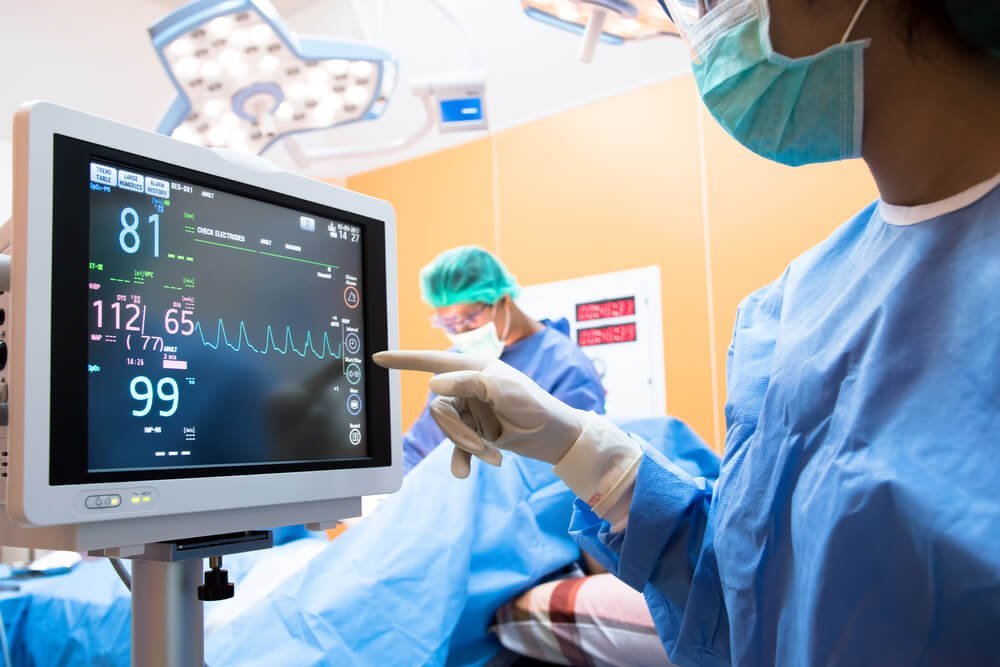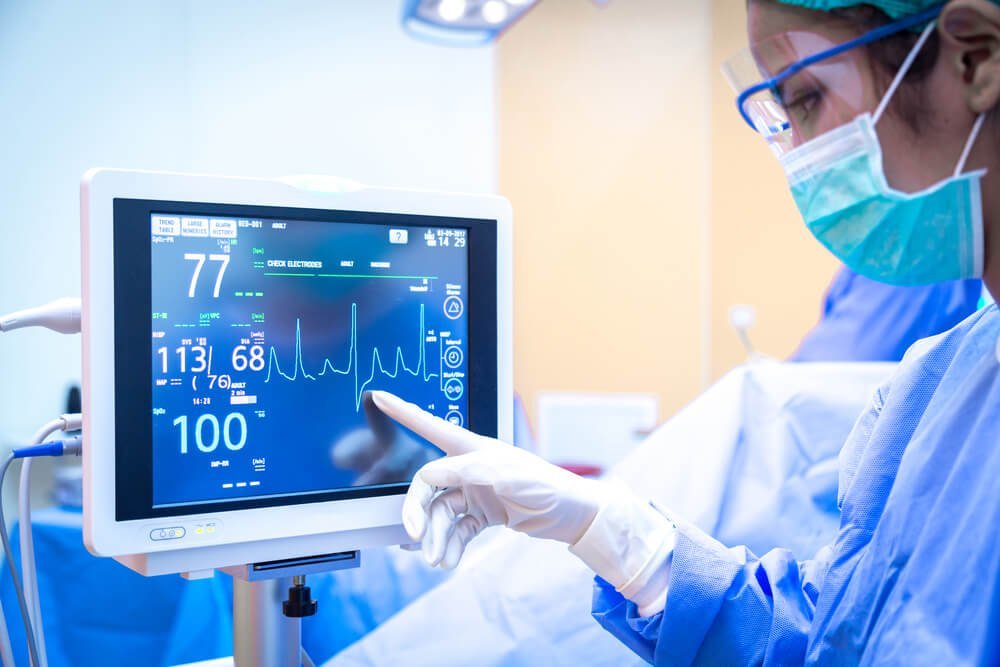Physiological monitors or patient monitors are electronic medical equipment that calculates the vitals of a patient and shows the information on a screen. The acquired information then gets transmitted to a monitoring network. Physiological activity is shown continually on the LCD or CRT screen as data streams through the time axis. Statistical readings of the measured specifications of the original information, such as heart rate, SPO2, blood pressure, temperature, and many more may follow these.
For critical hospital care facilities, bedside units offer constant monitoring of the individual where medical personnel are continually notified about improvements in the overall condition of the patient. Many sensors may even alert healthcare professionals about potential lethal cardiac problems before telltale signs, including heart palpitations or shortness of breath. You can purchase brand-new or used patient monitors for sale to use at your healthcare facility.
What to Consider While Buying Patient Monitors?
Facility Size
While determining which model of the medical monitor to buy, know the size and growth potential of your hospital or clinic. Do you have a prominent institution that requires an advanced patient monitoring program, or do you supervise a smaller clinic where you believe just a few patient monitors are necessary? Depending on the size of the healthcare facility, think about buying brand-new or used patient monitors for sale with network capabilities will enable you to develop your framework as the practice expands and your needs change.

Medical Practice
The clinical practice you specialize in is another factor to address. Do you operate an emergency care service that needs critical monitoring devices that can identify new problems? Do you take care of people with less severe problems, including a health center in a neighborhood? In any case, it will make good business sense to invest in a medical monitoring system that can track a broad range of symptoms.
It is essential not just to offer your clients the best medical care, but also allow the facility to grow above everyone else in the field. You can do this when you have more technically sophisticated medical supplies and equipment than the competitors.
Cost
Finally, you also have to address the budget allocated by your health care facility. In reality, you would like to provide the clients with the healthcare they deserve, but you also want to make that available at a reasonable price. The expense and any other concerns discussed here could all be overcome through the procurement of medical monitoring systems from accredited suppliers.
Shopping for patient monitoring equipment this way is not only inexpensive as it leaves out the middle person, but it is also among the most innovative in the healthcare sector because of specialists who integrate the latest software in their patient monitors.
Considering the massive expenditures that medical facilities have today in IT frameworks, it is vital to search for providers that can show their ability to incorporate and sustain their systems in this technology completely. It involves interoperability with devices from other suppliers and smooth integration with the electronic medical record (EMR). There is a wide range of patient monitors and manufacturers now that offer end-users a lot of flexibility to choose from, so make sure you research, speak to physicians and nurses, and communicate with the provider to make sure they’re choosing the right device.

